

News
In industrial production, choosing the suitable lifting equipment is crucial for improving efficiency and reducing costs. Jib cranes and gantry cranes, as two common types of lifting equipment, have their own unique advantages and applications. So, for different work requirements, how to make the best choice between these two types of crane equipment? In this article, we will analyze the differences between jib cranes and gantry cranes in detail from the aspects of structural characteristics, application scenarios, and performance advantages, and help you find the most suitable solution. Read on for more information!
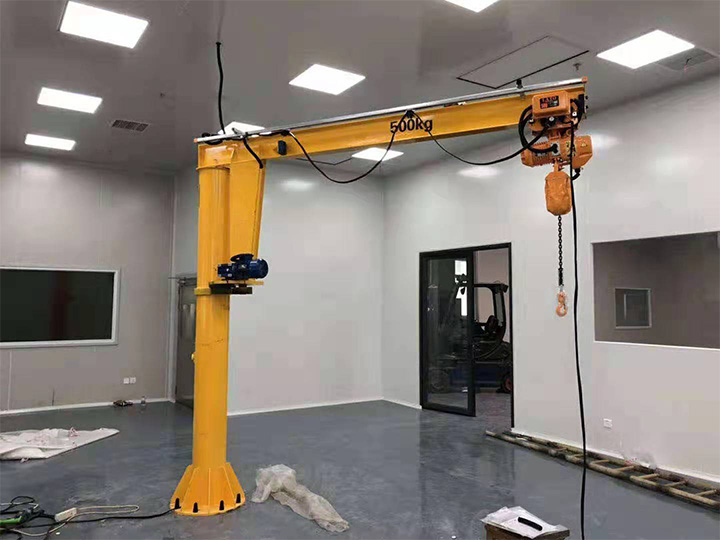

A jib crane is a small lifting device, usually with a rotatable boom (cantilever), capable of rotating 360 degrees within a fixed range, suitable for lifting and transferring tasks in areas where workpieces are densely packed. It is usually mounted on walls, columns, or floors, and its compact structure and flexible operation make it suitable for efficient operation in environments with limited space.
A gantry crane is a kind of lifting equipment that consists of two supporting legs and a crossbeam and usually moves on the ground track to cover a large area. It is suitable for scenarios that require long and extensive lifting, especially outdoors or in spacious workshops. Small gantry cranes have a solid structure and high load capacity and are suitable for handling heavy or large-sized materials.
According to different installation methods and usage scenarios, jib cranes are mainly categorized into wall-mounted, column-mounted, mobile and articulating types. Each type has its unique advantages and can meet the needs of different working environments. Next, we will introduce the features and application scenarios of these jib crane types in detail to help you better choose the right equipment.
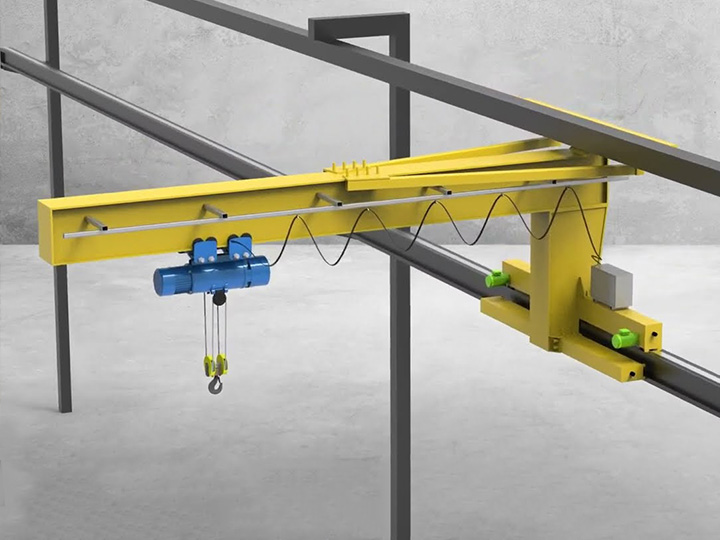
Wall-Mounted Jib Crane
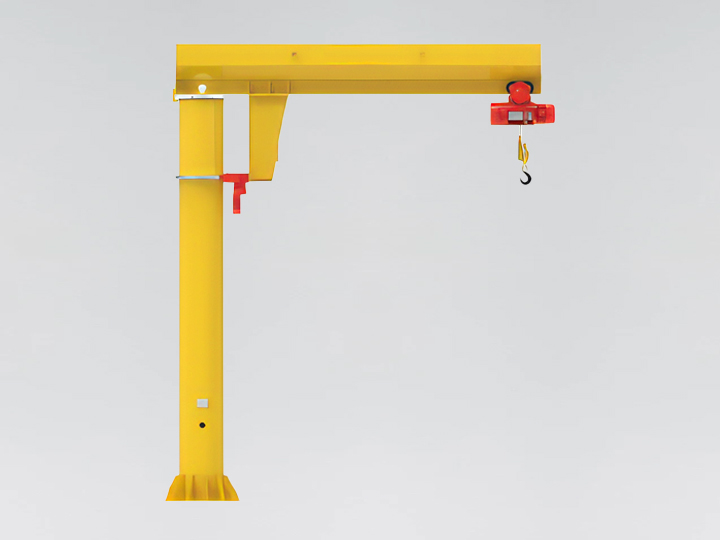
Column Jib Crane

Portable Jib Crane
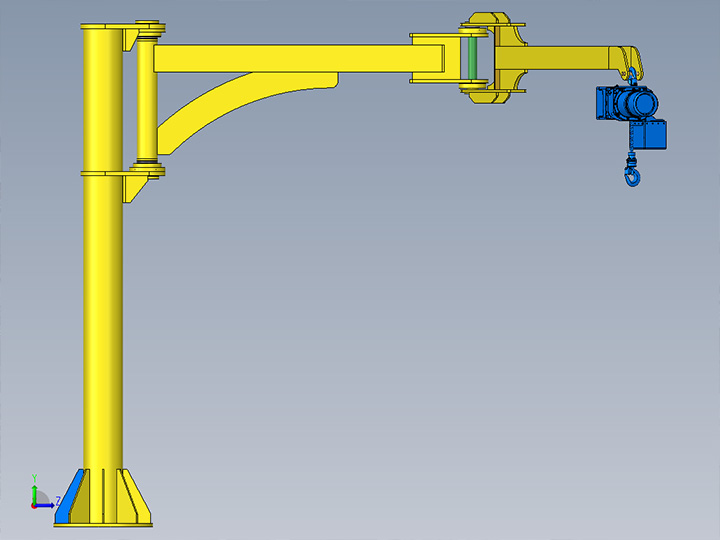
Articulating Jib Crane
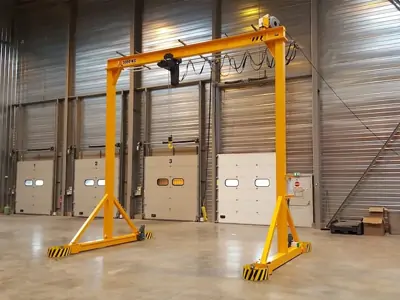
Fixed Gantry Crane
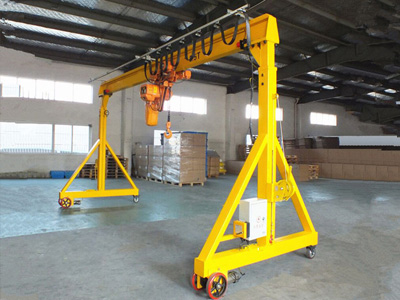
Mobile Gantry Crane
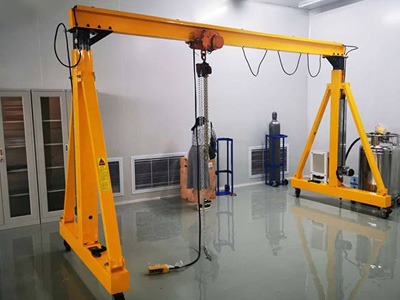
Adjustable Gantry Crane
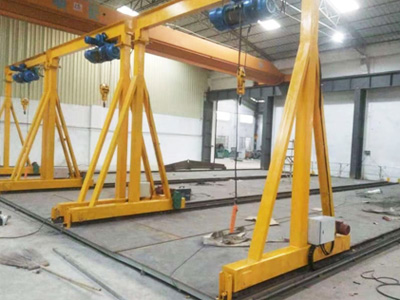
Rail Small Gantry Crane
There are obvious differences between jib cranes and gantry cranes in terms of structural design, which are mainly reflected in the support mode, mobility, and coverage:
The cantilever crane has a 360-degree rotating boom, which is particularly suitable for efficient lifting in areas with dense workpieces. It has a compact structure and flexible operation. Small gantry cranes have a relatively large span and a wide coverage range and are more suitable for long-distance and large-scale lifting tasks. There are obvious differences between jib and gantry cranes in the structural design, types, and application scenarios. When choosing, customers should reasonably select suitable equipment according to specific work needs and site conditions to improve work efficiency and safety.
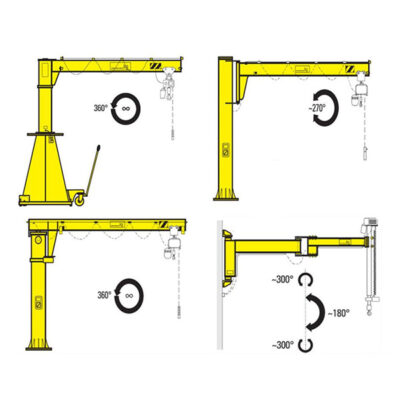
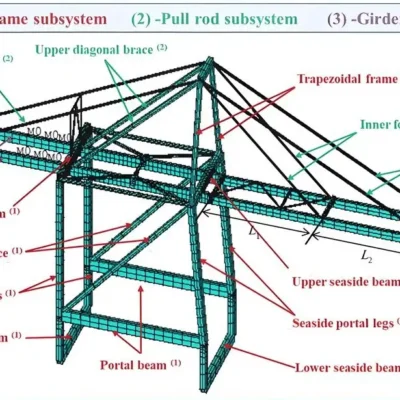
Date:

Submit Request